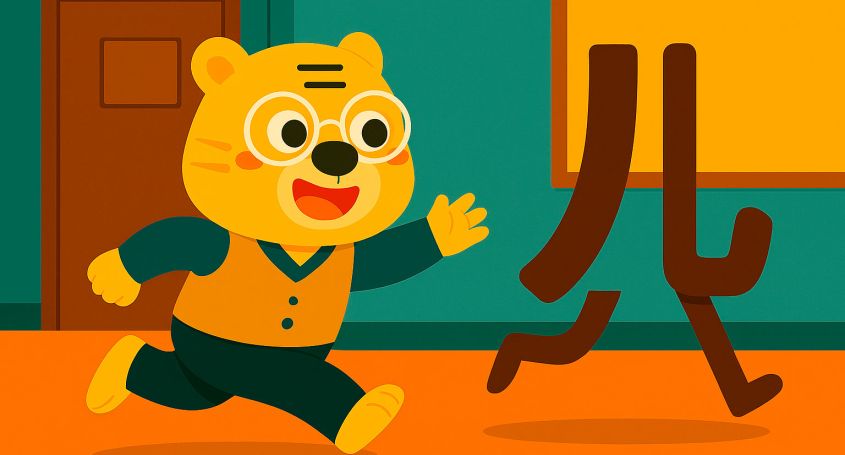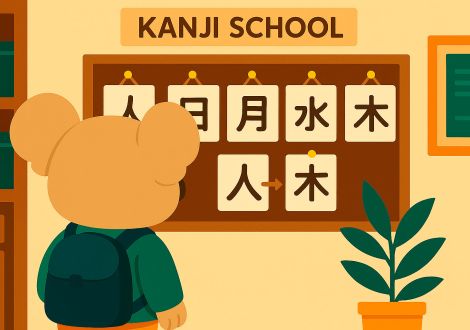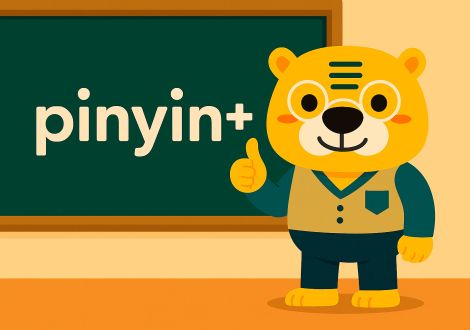"Erhua" 儿化/兒化 (érhuà) refers to the fact of adding a final “-r" sound to a syllable. It is prevalent in the Beijing dialect but it is also a Standard Chinese feature.
Rules in Standard Mandarin
• Although the character 儿 (ér) can be a syllable, as in the two-syllable word 儿子 (érzi), “erhua” is not a syllable; it is pronounced as part of the syllable by which it is followed.
• When “erhua” is added to a syllable ending in -n or -ng, -n or -ng is not pronounced, the final -r sound is pronounced instead.
• The vowel sound of a syllable may change slightly when adding “erhua" (e.g., "shi + -r" may sound like “shar").
• “Erhua” can be written as 儿, but in order to pronounce it, it is not necessary to write it down (e.g., a Southerner will generally pronounce 花 as "huā", but a speaker from Beijing will pronounce it as “huār").
Examples
这儿 [zhèr] here
那儿 [nàr] there
哪儿 [nǎr] where
玩儿 [wánr] to play
好玩儿 [hǎowánr] fun
小孩儿 [xiǎoháir] child
女孩儿 [nǚháir] girl
男孩儿 [nánháir] boy
花儿 [huār] flower
一点儿 [yīdiǎnr] a little (as quantifier)
有点儿 [yǒudiǎnr] a little bit (as adverb)
一会儿 [yīhuǐr, yīhuìr] for a while; after a while
没事儿 [méishìr] it's OK; no problem.
一半儿 [yībànr] half
小鸟儿 [xiǎo niǎor] little bird
土豆儿 [tǔdòur] potato
羊肉串儿 [yángròuchuànr] lamb brochette
生鱼片儿 [shēngyú piānr] sashimi
馅儿[xiànr] stuffing
In Other Mandarin Varieties
The usage of “erhua” differs a lot among Mandarin dialects like Chongqing and Chengdu, in the Northeast, Shandong and Nanjing. Some rules previously mentioned are still generally applied, such as the deletion of the [i]-coda and the [n]-coda, and the nasalization with the [ŋ]-coda. Certain vocalic qualities might also change. However, depending on the specific dialect, the actual behavior, rules and implementation may differ significantly.





